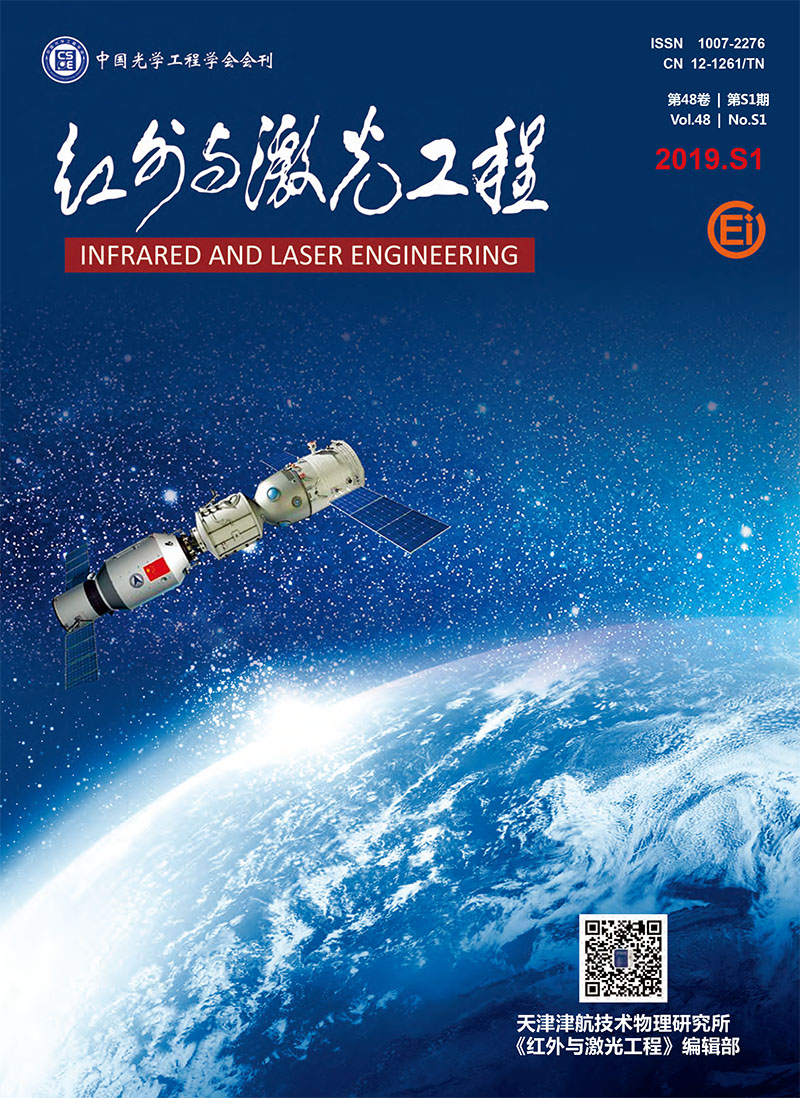|
[1]
|
Tang Tao, Zhang Tong, Huang Yongmei, et al. Acceleration feedback control in inertial stabilization system[J]. Infrared and Laser Engineering, 2014, 43(10):3462-3466. (in Chinese) |
|
[2]
|
Yan Nanxing, Lin Zhe, Tan Shuang. Inertial/optomechanical combined pointing control technique based on PQ method[J]. Infrared and Laser Engineering, 2016, 45(3):0331001. (in Chinese) |
|
[3]
|
Li X T. The method for restraint of destabilization of airborne photoelectric stabilized platform[D]. Changchun:Changchun Institute of Optics, Fine Mechanics and Physics, Chinese Academy of Sciences, 2014. (in Chinese) |
|
[4]
|
Xu D, Wang X M, Wei H X. A simplified model based moment of inertia identification algorithm with error compensation of permanent magnet synchronous motors[J].Transactions of China Electrotechnical Society, 2013, 28(2):126-131. (in Chinese) |
|
[5]
|
Hua C R, Dong D W, Yan B. Identification of torsional damping coefficients for internal combustion engine crankshafts[J]. Journal of Southwest Jiaotong University, 2014, 49(6):1084-1089. (in Chinese) |
|
[6]
|
Zhou Jin, Ni Zuoxi. Identification the stiffness and damping of magnetic bearings from rotor responses due to imbalances[J]. Journal of Vibration and Shock, 2013, 32(3):29-34. (in Chinese) |
|
[7]
|
Belai Igor, Huba Mikulas. A speed servo drive with disturbance observer and rotary inertia identification[C]//Electrical and Power Engineering (EPE), 2014 International Conference and Exposition on, 2014:906-911. |
|
[8]
|
Seungyong Lee, Kimihiko Nakano, Masanori Ohori. Identification of yaw moment of inertia of a truck during travelling[C]//IFAC Proceedings Volumes, 2013, 46(21):768-772. |
|
[9]
|
Fukashi A. Moment of inertia identification using the time average of the product of torque reference input and motor position[J]. IEEE Transactions on Power Electronics, 2007, 22(6):2534-2542. |
|
[10]
|
Wang Baoyuan, Heng Gang, Zhou Faming, et al. Measurement technology of damping coefficient in turret running[J]. Journal of Gun Launch Control, 2013(1):67-70. (in Chinese) |
|
[11]
|
Zhou J, Di L, Cheng C, et al. A rotor unbalance response based approach to the identification of the closed-loop stiffness and damping coefficients of active magnetic bearings[J]. Mechanical Systems Signal Processing, 2016, 66-67:665-678. |
|
[12]
|
Zhang Z X, Zhang D W. Theory analysis on resonance frequencies of linear vibration and torsional vibration of strap down IMU damping system[J]. Journal of Chinese Moment of Inertial Technology, 2009, 17(6):654-657. (in Chinese) |
|
[13]
|
Zhu R Y. Research on modeling and advanced control method of the high-accuracy three-axis moment of inertial stabilized platform system[D]. Beijing:Beihang University, 2010. (in Chinese) |
|
[14]
|
Bao W L, Huang X L, Yin H, et al. Adaptive dynamic friction compensation for an electro-optical platform moment of inertial stabilization system[J]. Electronics Optics Control, 2012, 19(4):50-54. |
|
[15]
|
Li M, Li J. Modeling and simulation of unbalance disturbance for moment of inertially stabilized platform[J]. Journal of Chinese Moment of Inertial Technology, 2014, 22(4):138-142. (in Chinese) |
|
[16]
|
Zhan L F, Tian B, Jiang M, et al. Friction parameter identification and simulation of servo system based on GA[J]. Journal of Computer Applications, 2016, 36(S1):110-112. (in Chinese) |
|
[17]
|
Zeng D L, Xiao K, Zhang L, et al. Sub-step indentification of LuGre friction parameters of moment of inertially stabilized platform for airborne remote sensing[J]. Optics and Precision Engineering, 2016, 24(5):1148-1158. (in Chinese) |
|
[18]
|
Peshekhonov V. Gyroscopic navigation systems:Current status and prospects[J]. Gyroscope and Navigation, 2011, 2(3):111-118. |









 DownLoad:
DownLoad: